My experience going to the MET was very interesting and tiring. I decided to go on a Friday night after work since it was the only time I could go. The MET is an hour and half from where I work and on a Friday night the MTA is horrible. One of my best friends decided to go with me, but she was coming home from college. We met up at the city and she had a small luggage, she was tired and cold. I had a long day at work, but was really looking forward to spend time with my best friend at the museum, she was just as excited. When we got off the train station we had to walk and got lost, finally some lady helped us and we got there. We were excited to get there, but as soon as we tried entering they told my friend she could not come in with her small luggage. We did not know what to do because her parents house was in Staten Island and she had no where to leave her luggage. She told me to go in and she would wait outside, and even though that was so nice of her I felt extremely bad since it was freezing.
I went in and had to make my visit short because my friend was waiting for me outside. As soon as I went in I saw many statues like the one we had talked about in class. It was amazing having them so close and I actually enjoyed walking around by myself, even though I felt bad. I tried to see as many things as I could in the hour I had before they closed.
The one painting that called my attention was Judith with the Hand of Holofernes. 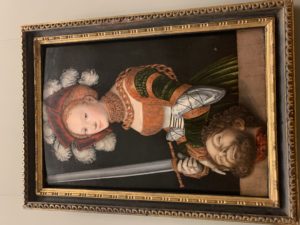 In this painting the women is mostly painted with an orange oil color. However she is described as “dress to killed”. The colors in this painting are darkish and the black background makes the light skin color of this women stand out.
In this painting the women is mostly painted with an orange oil color. However she is described as “dress to killed”. The colors in this painting are darkish and the black background makes the light skin color of this women stand out.
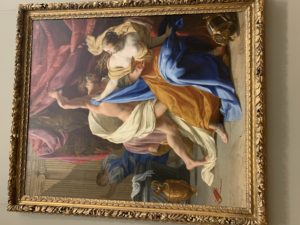
The same of this painting is, The rape of Tamar. In this painting Tamar was raped by her half-brother. It completely differs from the other painting because of the message being illustrated. In this painting Tamar is the victim and is portrayed as weak. However in the other painting the women is painted with confidence. The color in this painting are much more brighter.
Overall going to the MET was great. I just wish I would’ve been there longer.
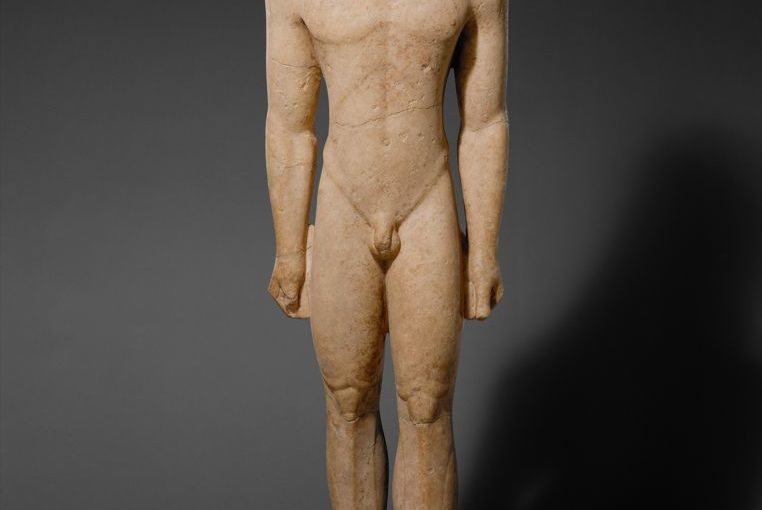
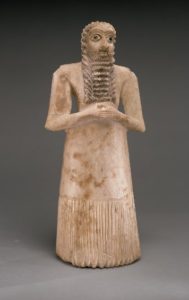 Artist: N/A
Title: Standing Male Worshiper
Date: 2900–2600 B.C.
Museum: The Metropolitan Museum of Art
Artist: N/A
Title: Standing Male Worshiper
Date: 2900–2600 B.C.
Museum: The Metropolitan Museum of Art
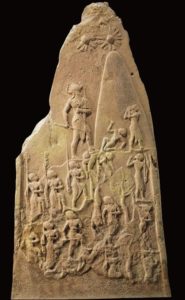 Artist: N/A
Title: Stele of Naramsin
Date: 2245 BCE
Museum: Louvre Museum (Paris)
Artist: N/A
Title: Stele of Naramsin
Date: 2245 BCE
Museum: Louvre Museum (Paris)
 Artist: N/A
Title: Stele of Hammurabi
Date: 1780 BCE
Museum: Louvre Museum (Paris)
Artist: N/A
Title: Stele of Hammurabi
Date: 1780 BCE
Museum: Louvre Museum (Paris)
 Artist: N/A
Title: Kouros
Date: 600 BCE
Museum: The Metropolitan Museum of Art
Artist: N/A
Title: Kouros
Date: 600 BCE
Museum: The Metropolitan Museum of Art
 Artist: Polykleitos
Title: Doryphoros (Roman copy)
Date: 450-440 BCE
Museum: Museo Archaeologico Nazionale (Naples)
Artist: Polykleitos
Title: Doryphoros (Roman copy)
Date: 450-440 BCE
Museum: Museo Archaeologico Nazionale (Naples)
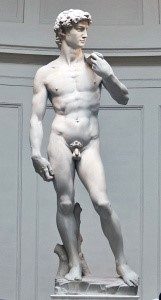 Artist: Michelangelo
Title: David
Date: 1504
Museum: N/A
Artist: Michelangelo
Title: David
Date: 1504
Museum: N/A
 Artist: Raphael
Title: School of Athens
Date: 1509
Museum: N/A
Artist: Raphael
Title: School of Athens
Date: 1509
Museum: N/A
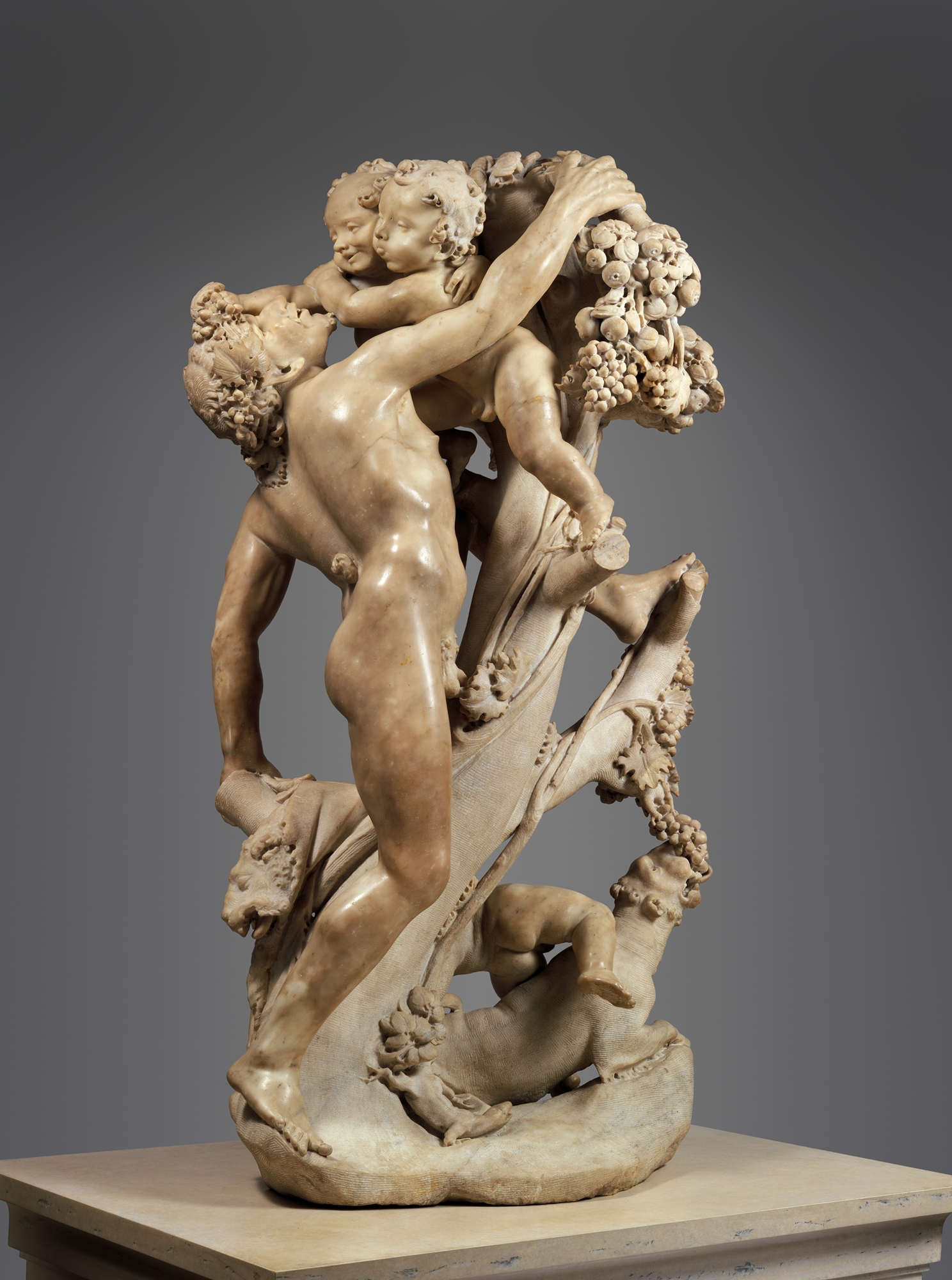


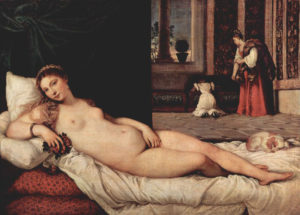
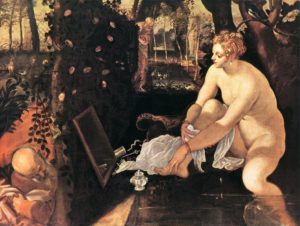

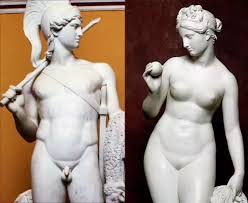

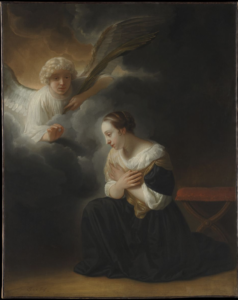
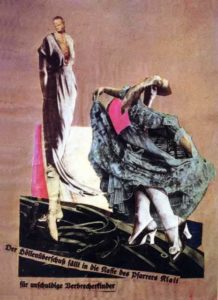



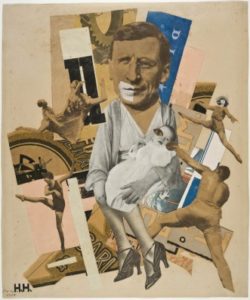
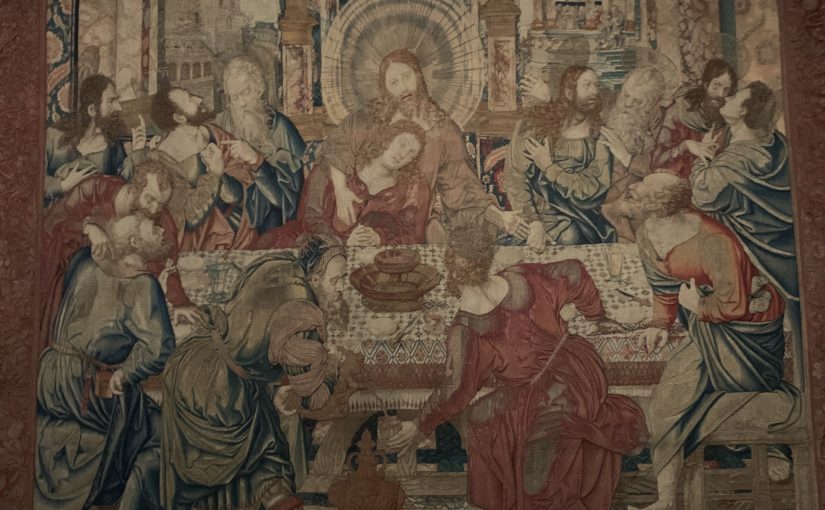
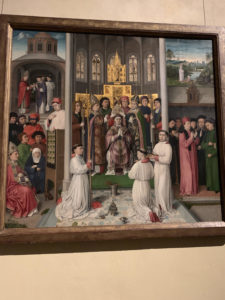


 Carolyn Lawrence, Malcolm X
Carolyn Lawrence, Malcolm X  Carolyn Lawrence, Uphold Your Men, 1971
Carolyn Lawrence, Uphold Your Men, 1971  Adger Cowans, Shadows, New York 1961
Adger Cowans, Shadows, New York 1961 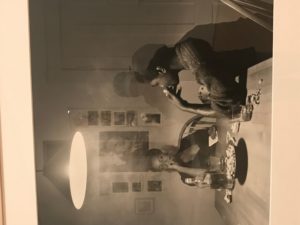 Carrie Mae Weems, Untitled (Man Smoking /Malcolm X)
Carrie Mae Weems, Untitled (Man Smoking /Malcolm X) 


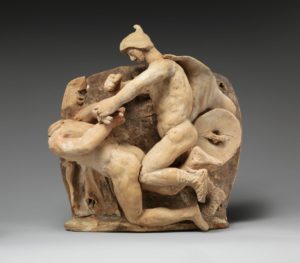
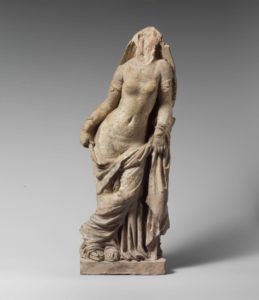
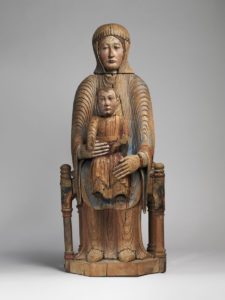

 Two Earrings, from Brooklyn museum 1539-1292 B.C.E.
Two Earrings, from Brooklyn museum 1539-1292 B.C.E. 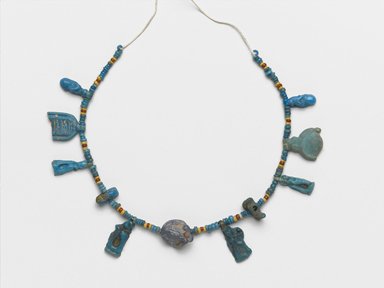 Single-Strand Necklace, Brooklyn Museum 13 32-1292 B.C.E.,
Single-Strand Necklace, Brooklyn Museum 13 32-1292 B.C.E., 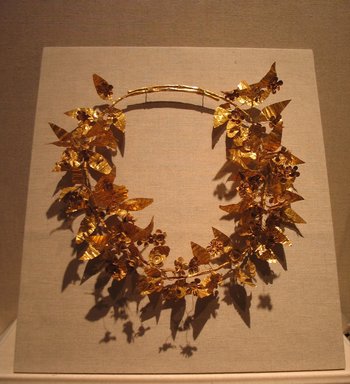 Wreath, Brooklyn Museum 3rd century-2nd-century B.C.E.
Wreath, Brooklyn Museum 3rd century-2nd-century B.C.E.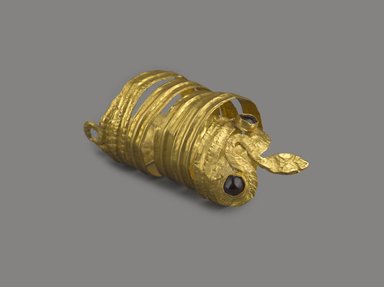 Ring in the Form of a Coiled Serpent from Brooklyn Museum 3rd century B.C.E.
Ring in the Form of a Coiled Serpent from Brooklyn Museum 3rd century B.C.E. 
